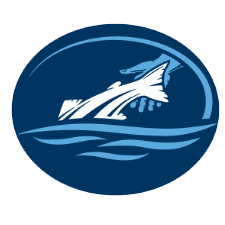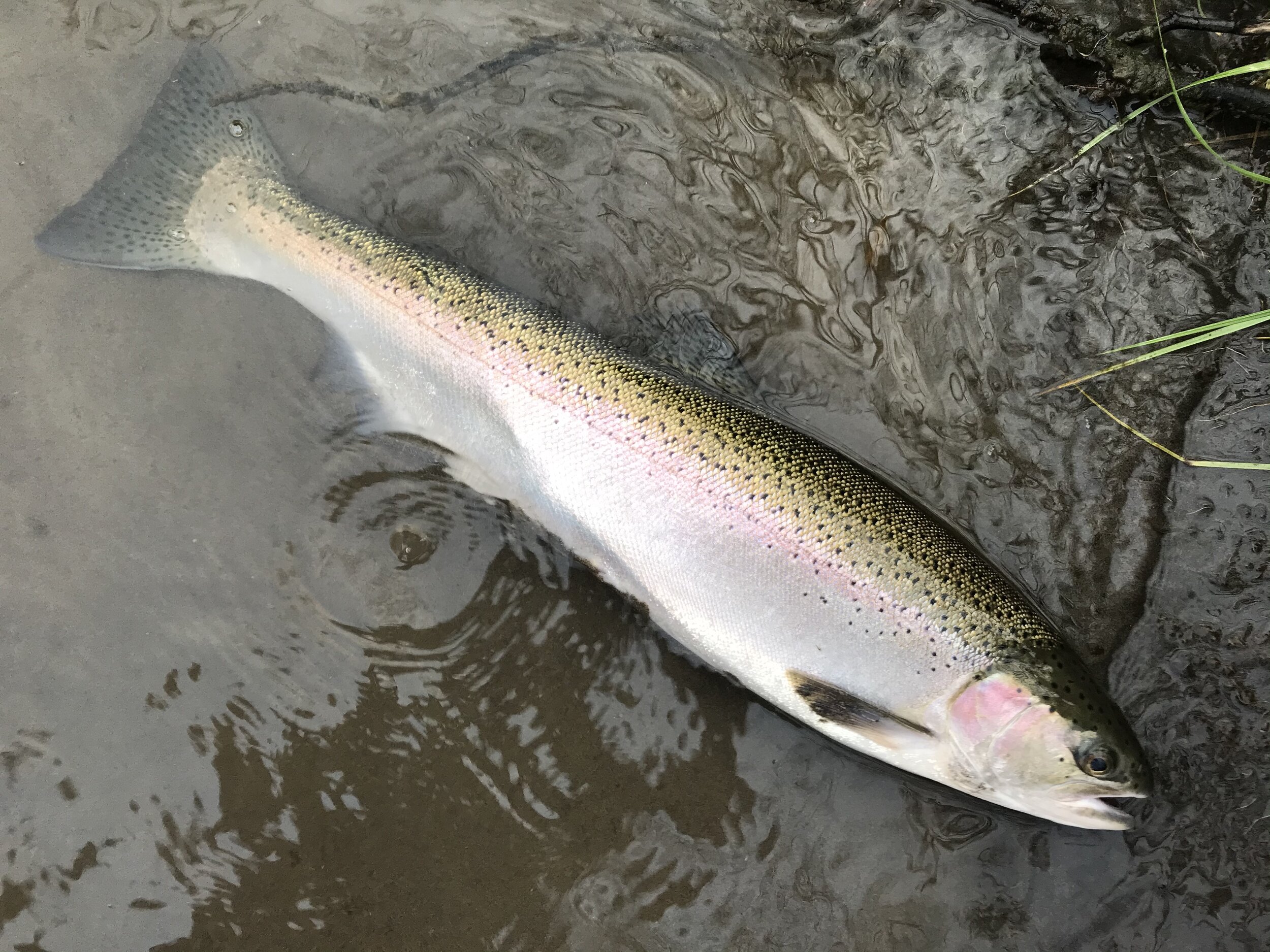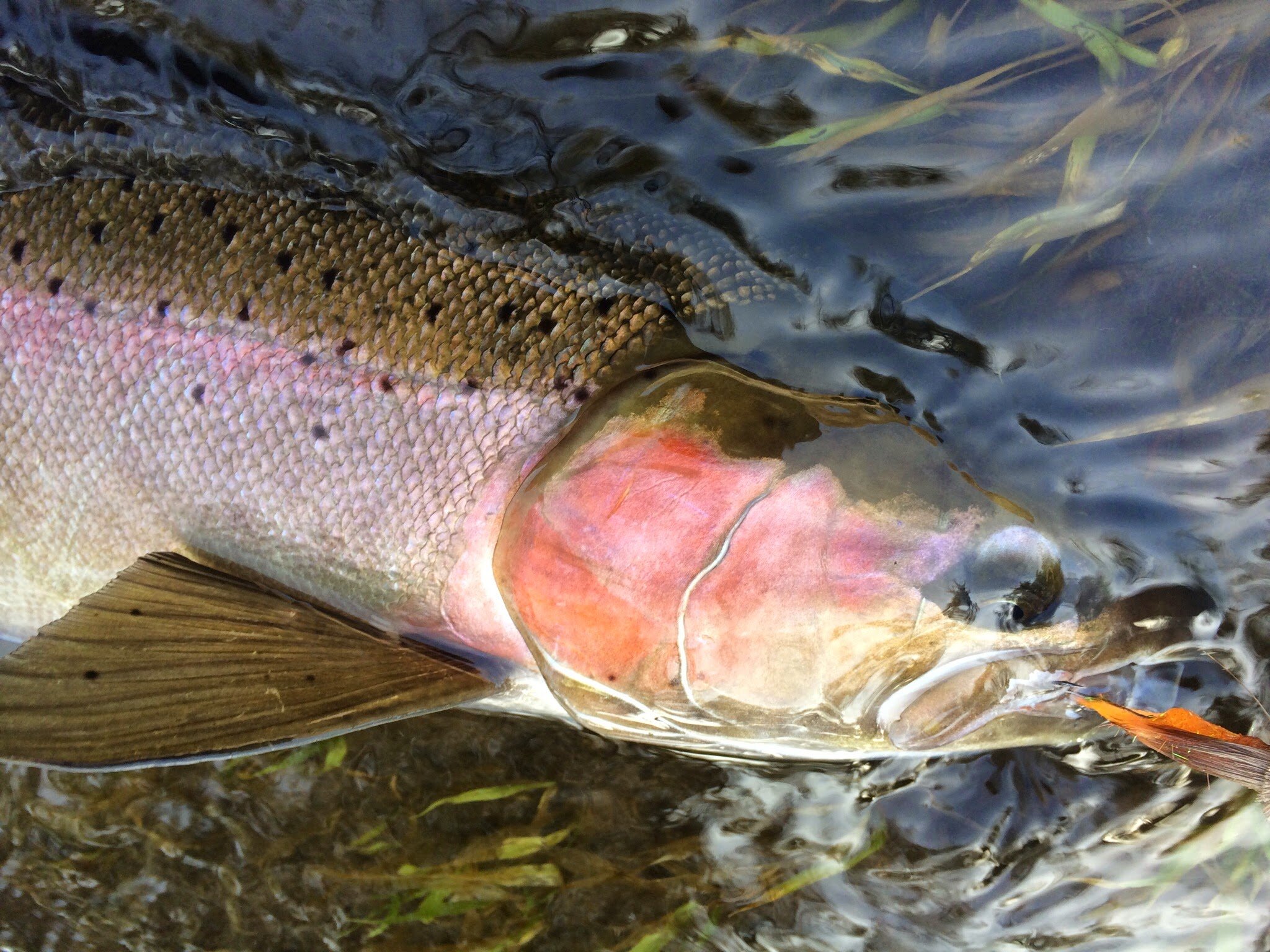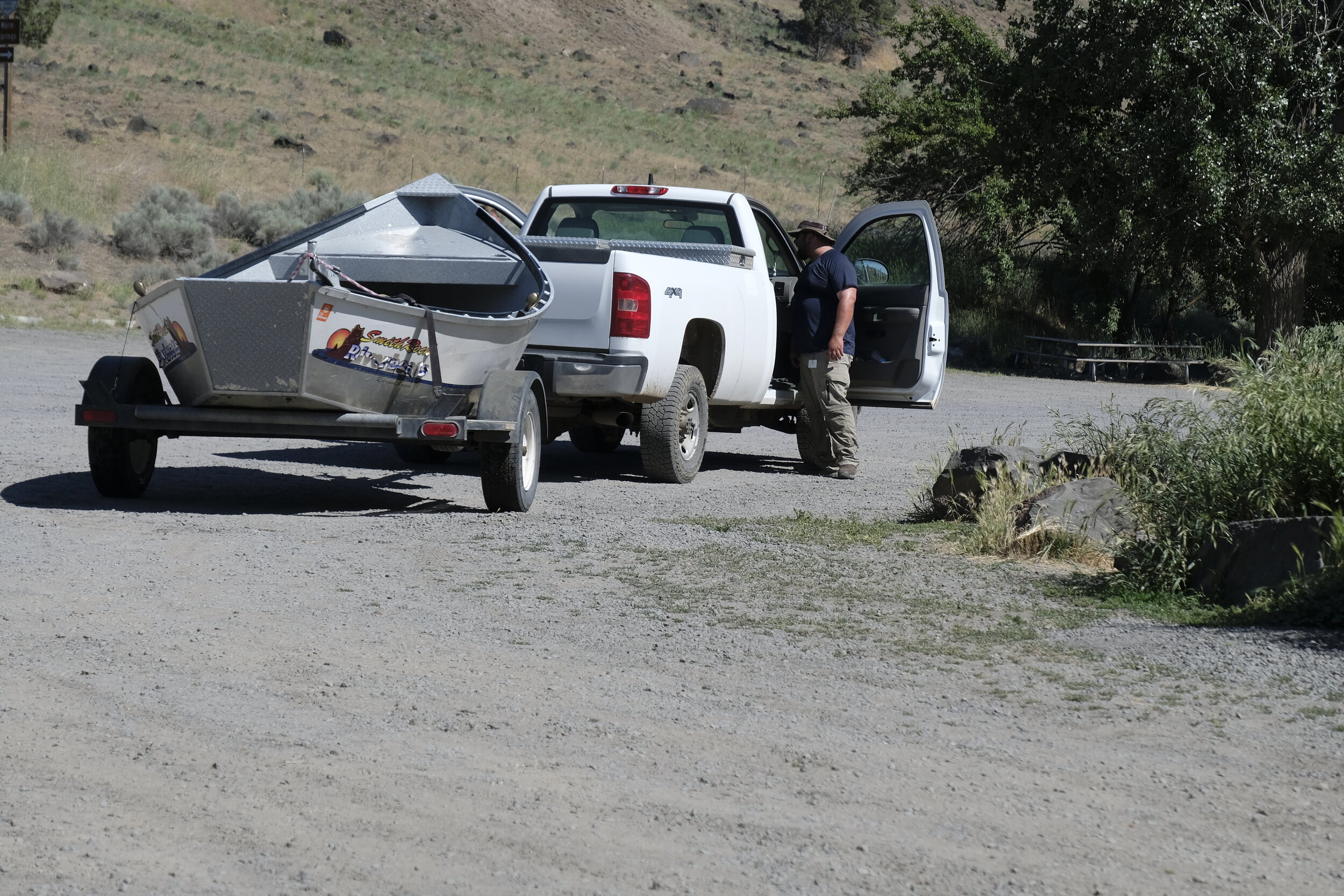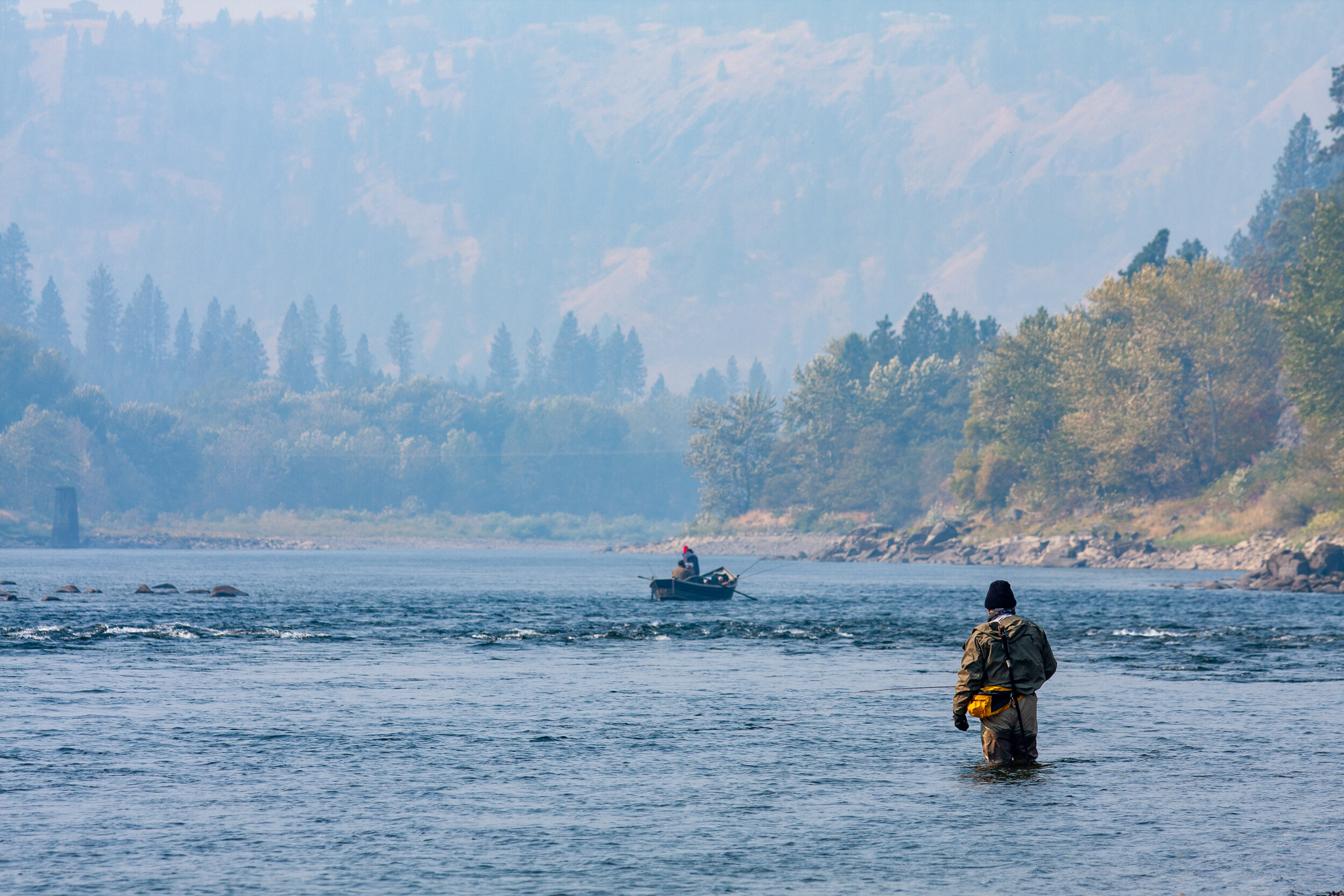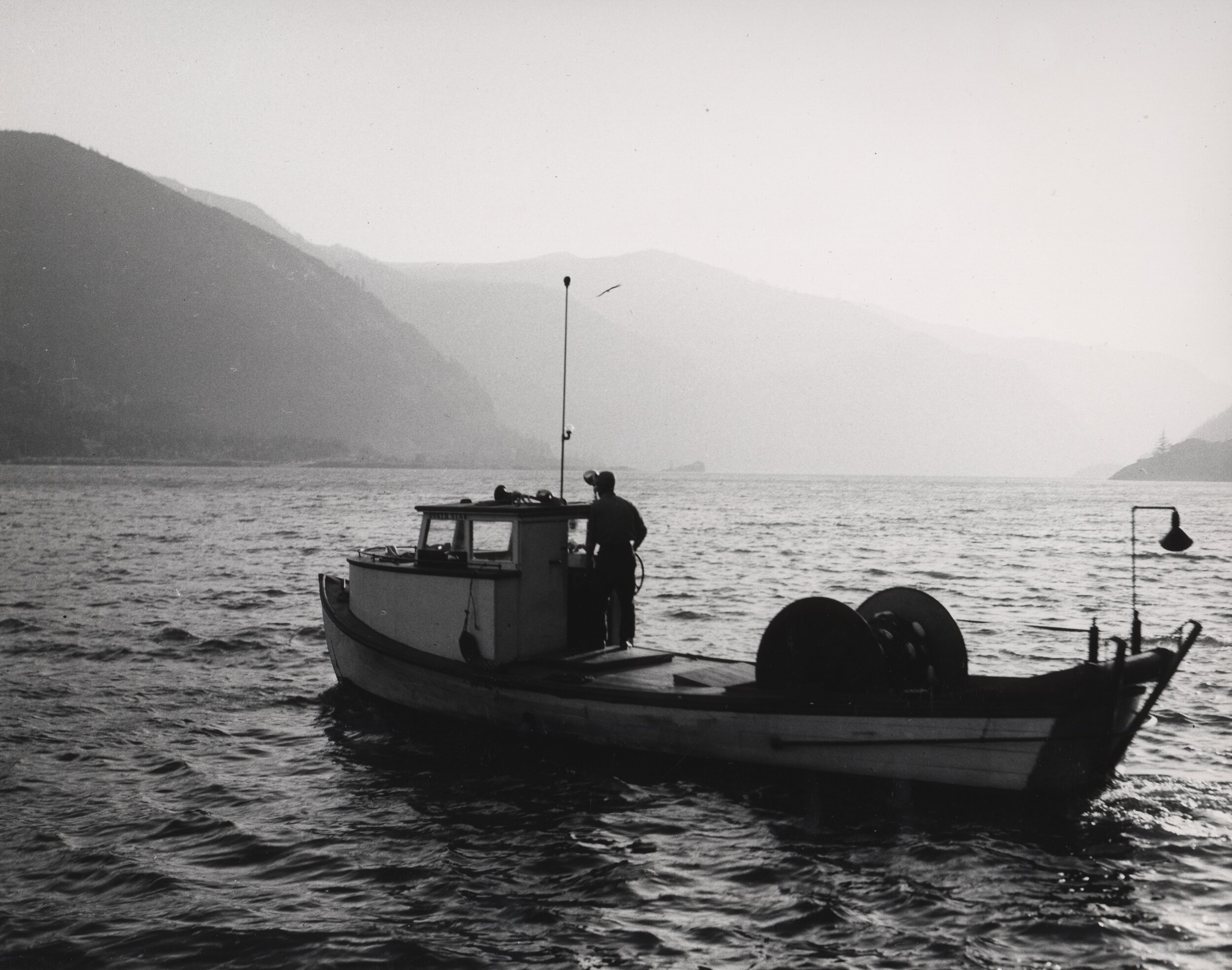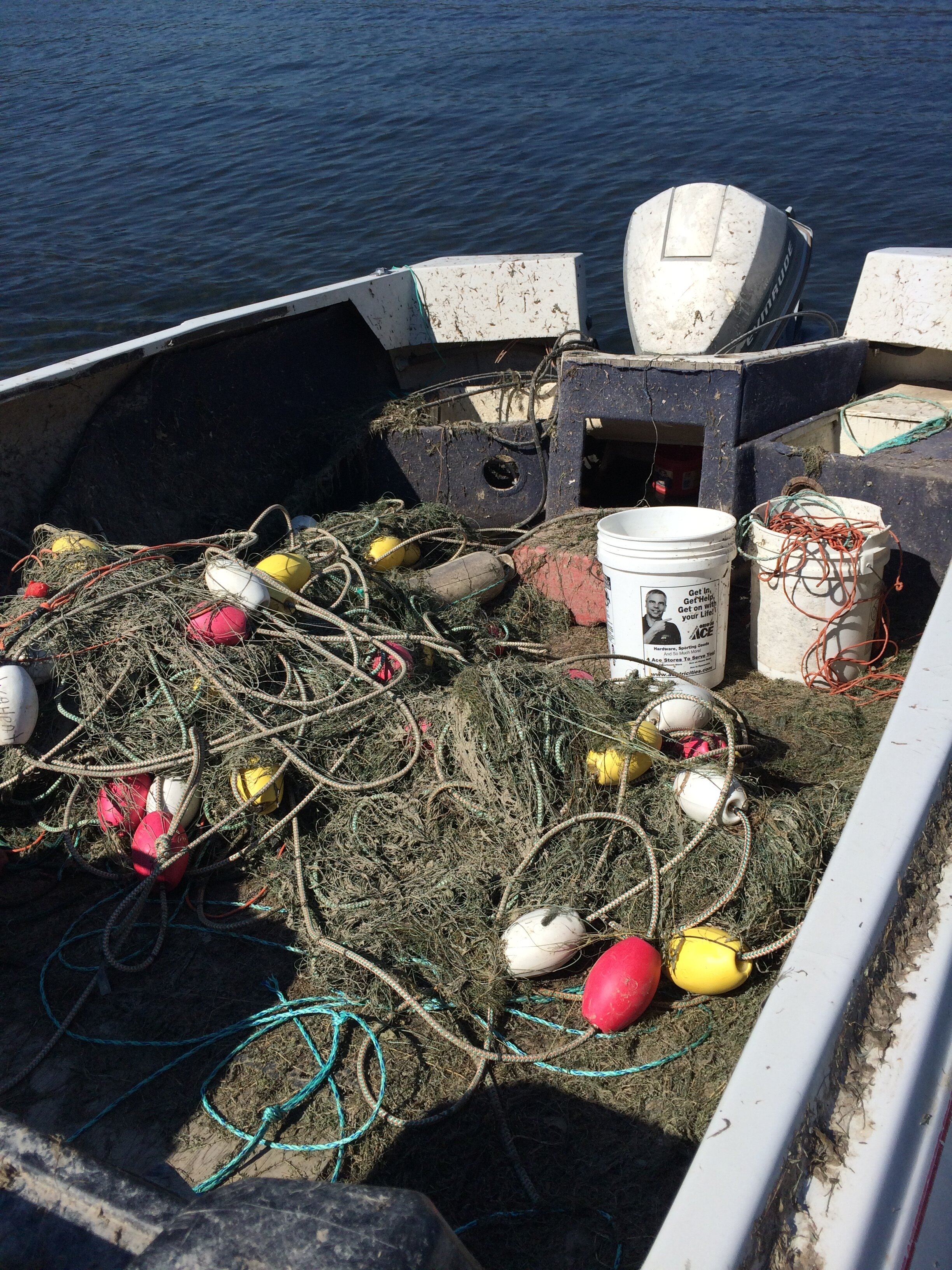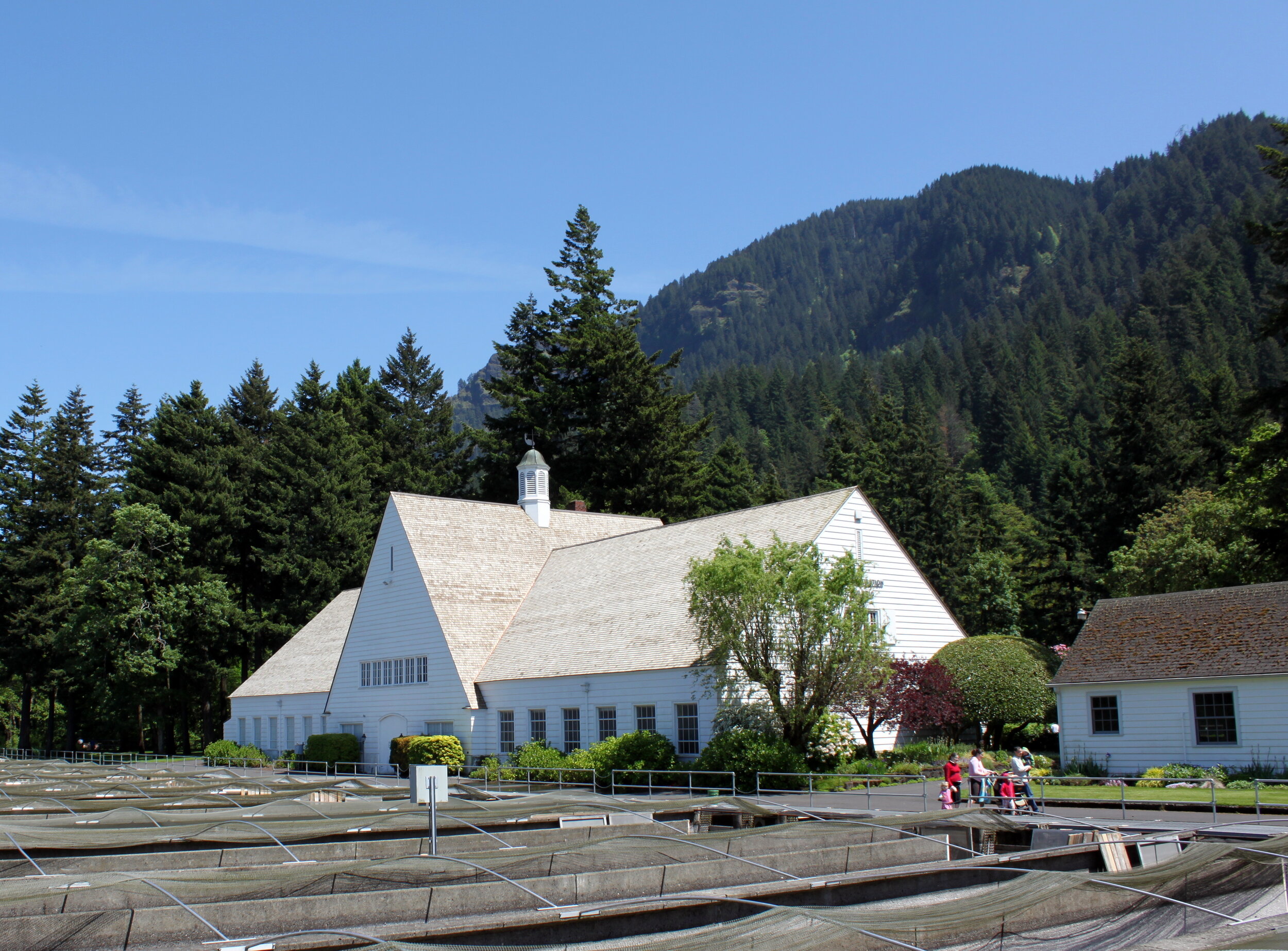Lowest Columbia River Basin Steelhead Return Since 1943
In the opening moments of an unfolding disaster, The Conservation Angler expressed grave concerns about impacts to wild steelhead from non-treaty and Tribal treaty commercial gill net fishing season authorized on July 27th on the lower Columbia River by Oregon and Washington Fishery agencies.
After analyzing Columbia River wild steelhead return numbers in detail, a group of regional conservation organizations co-signed a letter to both the Oregon and Washington Fish and Wildlife Commissions expressing deep concern about the dangerously low number of wild steelhead currently returning to the Columbia and Snake River Basin.
Representatives from these organizations also provided public testimony to both State Commissions on Friday August 6 urging immediate action – however, neither Commission took any additional action to protect wild steelhead beyond the existing management status quo.
Ten days later, combined wild and hatchery steelhead are still only running at 22% of the current ten-year average. When compared to more productive time periods within the past 20 years, the current combined steelhead return is a mere 10.7% of that period!
As if that weren’t enough, the few fish that are returning this Summer are also facing incredibly hot water temperatures throughout the basin. August 15th was the 50th straight day of Columbia River water temps over 68F (it was 73.9F, almost 3 degrees warmer than the ten-year average for mid-August).
The lack of action is startling and inconsistent - Oregon closed all steelhead fishing on the North Umpqua River because fish surveys indicated that summer steelhead numbers were only 20% of normal – yet on the Columbia River returns are just as bad and fishing is wide open – particularly in the tributaries.
The Conservation Angler is continuing to pursue remedies to this crisis.
Anglers willing to protect wild steelhead should take action themselves.
What Can You Do to Protect Steelhead this Season?
o Reduce your fishing effort
o If you fish, do not fish when the water temperatures are higher than 66F
o Use appropriate tackle to be able to land a wild steelhead quickly
o Use barbless single hooks and don’t fish with bait
o Fish a fly or lure with the bend of the hook removed to feel the tug
o Don’t take a wild fish out of the water when you land them
o Read about proper catch and release techniques at @Keepemwet
o Don’t buy tribal caught steelhead at your local market or thru fishing site sales
You can send emails to Oregon and Washington officials demanding action.
@MyODFW
@theWDFW
Support these wild steelhead conservation organizations!
@theconservationangler @wildsteelheadcoalition @wildfishconservancy @thewildsalmoncenter @wildsteelhead @nativefishsociety

